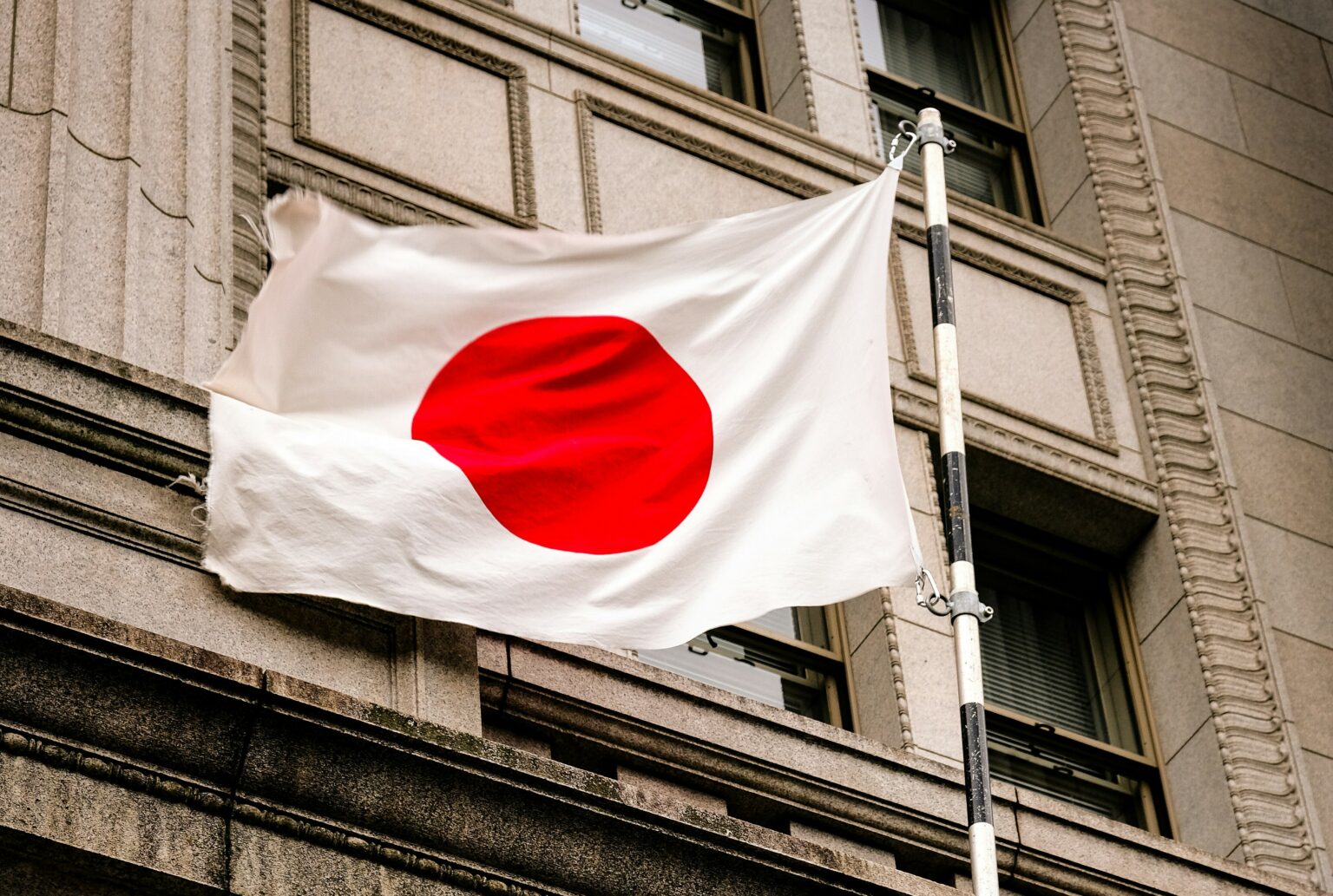Japan’s effort to scale low-carbon fuels has taken a tangible step forward with INPEX Corporation launching the country’s first integrated blue hydrogen and blue ammonia demonstration plant in Niigata Prefecture.
The facility, located at Kashiwazaki Hydrogen Park, marks a shift from small experimental pilots to industrial-scale testing, reflecting Japan’s ambition to expand domestic hydrogen supply chains while meeting its 2050 net-zero target.
Japan remains heavily dependent on imported fossil fuels, and domestic hydrogen production has been limited by both cost and infrastructure constraints. INPEX’s project attempts to bridge that gap by linking natural gas reforming with carbon capture, utilization, and storage using the depleted Higashi-Kashiwazaki gas reservoir. The integration of production and storage within a single site is particularly relevant given the government’s plan to import up to 20 million tons of hydrogen by 2050; localized supply options could help hedge geopolitical and price risks.
The choice of Kashiwazaki is rooted in geology and existing infrastructure. Since the 1970s, the Minami-Nagaoka gas system has supported regional industry, leaving behind mature pipeline networks and underground formations well-characterized for gas behavior. Those conditions lower the technical and regulatory hurdles associated with CO₂ injection, traditionally one of the slower elements in CCUS deployment. With a population of roughly 80,000 and long-standing energy operations, Kashiwazaki also offers a community familiar with industrial processes—an advantage for early-stage carbon storage projects that often face public skepticism.
At the core of the plant are three linked processes: hydrogen production from natural gas reforming, CO₂ capture and compression, and the synthesis of ammonia using captured hydrogen and nitrogen extracted from air. INPEX reports that over 90 percent of process CO₂ is captured before being directed into the former gas field. Although this performance level aligns with expectations for modern reforming-plus-capture systems, consistent long-term data will be important to verify whether the capture rate holds under varying plant loads and maintenance cycles.
HORIBA Ltd. plays a technical oversight role, supplying analytical instruments to monitor gas composition, liquid flows, and CO₂ purity in real time. Continuous monitoring will be central not only to process safety but also to validating lifecycle carbon intensity, a metric increasingly scrutinized as governments refine definitions for “clean” and “low-carbon” hydrogen.
The demonstration is being advanced through a collaboration that includes NEDO, which is providing research and development support, and JGC Japan Corporation, responsible for engineering and construction of the hydrogen and ammonia units. Together, these partnerships illustrate Japan’s broader approach to decarbonization: incremental, domestically anchored, and dependent on alignments between government planning and private-sector engineering capacity.
In its initial phase, the plant is expected to supply roughly 700 tons per year of combined blue hydrogen and blue ammonia. While modest compared with Japan’s long-term hydrogen import expectations, this volume is sufficient for testing grid-integration strategies and piloting ammonia use cases in regional fertilizer and specialty chemical production. More importantly, it provides real-world metrics on storage injectivity, capture consistency, and cost trajectories—factors that will determine whether blue hydrogen can compete with emerging green hydrogen imports from Australia and the Middle East.
Community acceptance and regulatory oversight will remain critical. Although Japan has decades of experience with subsurface gas operations, long-term CO₂ storage introduces different monitoring needs, including seismic assessments and assurances of containment. INPEX’s ability to publicly demonstrate continuous monitoring and transparent reporting may influence whether CCUS can scale beyond pilot sites.
The project also highlights the economic challenges ahead. Blue hydrogen relies on sustained natural gas availability and price stability, while carbon storage costs remain sensitive to monitoring requirements and project scale. Policymakers may need to consider incentives similar to those used in North America or the EU if Japan intends to commercialize blue hydrogen at volumes meaningful to its national energy strategy.
Even so, the Kashiwazaki demonstration underscores a notable trend: Asia’s largest energy-importing economies are testing integrated hydrogen-and-storage systems not simply as climate measures, but as tools for energy security. By co-locating reforming, hydrogen processing, ammonia synthesis, and CO₂ storage, INPEX is attempting to establish a template that could be replicated in resource-rich regions across the country.
Stay updated on the latest in energy! Follow us on LinkedIn, Facebook, and X for real-time news and insights. Don’t miss out on exclusive interviews and webinars—subscribe to our YouTube channel today! Join our community and be part of the conversation shaping the future of energy.





